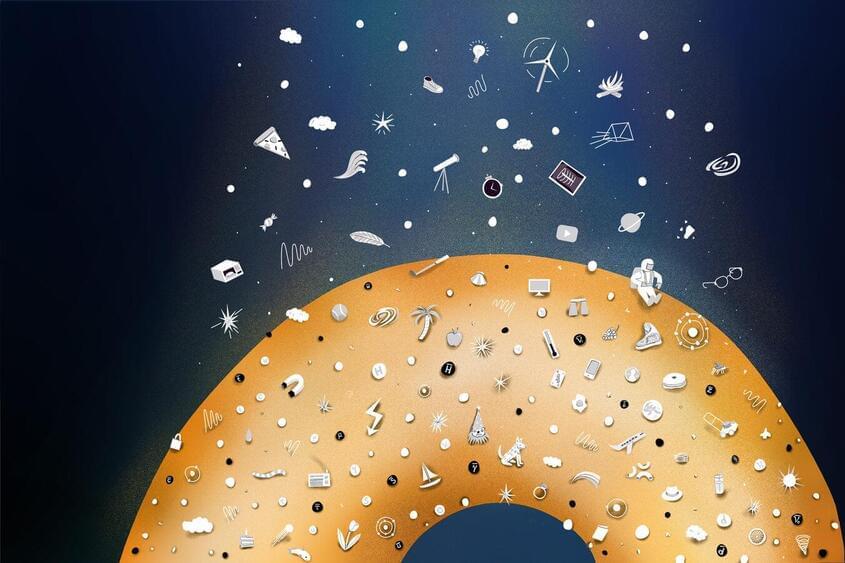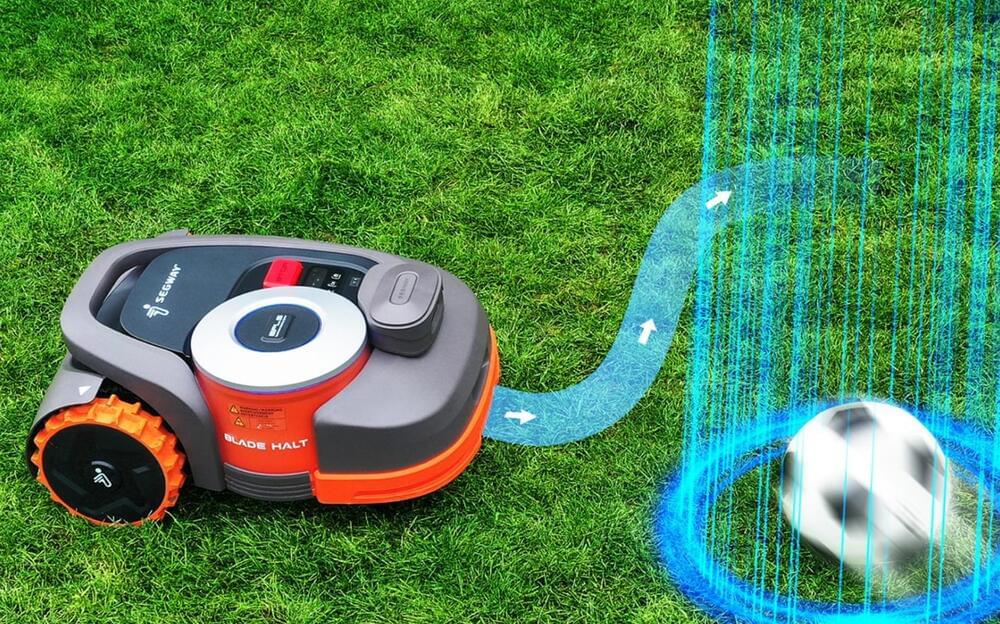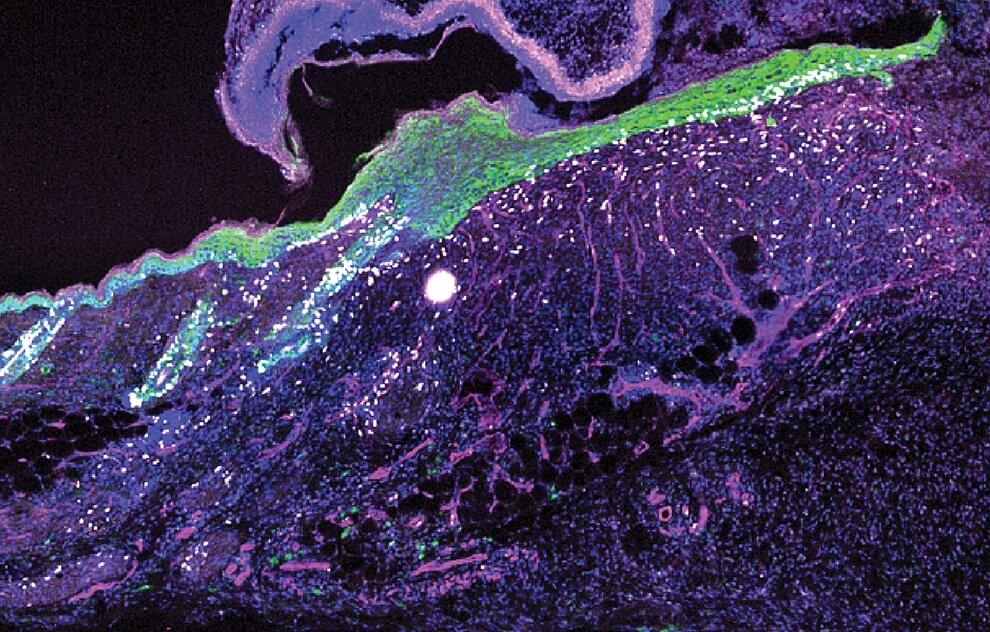I was shocked by how luxurious it was, from a bed that descends from the ceiling to built-in surround sound to lighting that can change to your mood.



It is only the optimists who achieve anything in this world —theorist John Ellis once read this adage on a candy wrapper. It stuck with him, so much so that in 1986 he referenced this candy-wrapper wisdom in his Nature article “The superstring: theory of everything, or of nothing?”
“I was pretty upbeat,” Ellis says. “I was pretty positive about it.”
According to Ellis, ‘theory of everything’ is a rather tongue-in-cheek term for an encompassing framework that links together all physical phenomena on a fundamental level. The idea went viral, both scientifically and culturally. Numerous authors, philosophers and scientific influencers jumped on the bandwagon, including the makers of a 2014 biopic about Stephen Hawking.



An Indiegogo crowdfunding campaign for the Segway Navimow robot lawn mower with VisionFence will soon launch in North America. The device can use integrated sensors to detect lawn edges and obstacles and navigate in areas of weak signal. Other features include EFLS positioning and adjustable cutting height.

It’s a dangerous world out there. From bacteria and viruses to accidents and injuries, threats surround us all the time. And nothing protects us more steadfastly than our skin. The barrier between inside and out, the body’s largest organ is also its most seamless defense.
And yet the skin is not invincible. It suffers daily the slings and arrows of outrageous fortune, and it tries to keep us safe by sensing and responding to these harms. A primary method is the detection of a pathogen, which kicks the immune system into action. But new research from the lab of Rockefeller’s Elaine Fuchs, published in Cell, reveals an alternative protective mechanism that responds to injury signals in wounded tissue—including low oxygen levels from blood vessel disruption and scab formation—and it doesn’t need an infection to get into gear.
The study is the first to identify a damage response pathway that is distinct from but parallel to the classical pathway triggered by pathogens.

Google on Thursday announced a new cybersecurity training program. Those who sign up for the class will prepare for a cybersecurity analyst career and they will receive a professional certificate from Google when they graduate.
The new Cybersecurity Certificate is part of the company’s Grow With Google initiative. The program was built by Google experts and it’s hosted by online course provider Coursera.
Interested individuals can sign up for a 7-day free trial, after which they will have to pay $49 per month to continue learning.

Coding & Productivity Tools suggests that other artificial intelligence (AI) tools are superior to ChatGPT in certain ways, yet they are not widely utilized. The video aims to showcase these tools and their unique features that make them stand out from ChatGPT, a widely known and popular AI tool. Delve into the features and benefits of these AI tools, explaining why they are better than ChatGPT and how they can enhance productivity in coding and other areas. In the video, you will find out why these tools have not gained widespread adoption despite their advantages over ChatGPT, perhaps discussing factors such as marketing or accessibility. Today’s video will likely be informative for those interested in AI tools and how they can improve productivity and efficiency in various fields.00:00 — Intro.
00:57 — Autonomous AI
01:16 — AgentGPT
04:41 — Ora.sh.
05:38 — Meetcody.ai.
07:11 — Jasper.
09:08 — literallyanything.io.
10:57 — My thoughts on AI
12:03 — Outro#BETTERThanChatGPT #tiffintech
Airplane startup Boom is set to make supersonic flight on airlines a reality with their all new plane called Overture. The Boom Overture supersonic plane is set to be the new Concorde breaking the sound barrier and speed of sound marking a next chapter in passenger Aviation. United Airlines is one of many companies that have already placed orders with Boom for their new supersonic plane and customers can expect to fly on this new plane in the next couple of years. Join us today as we learn more about Boom’s Supersonic plane called Overture.